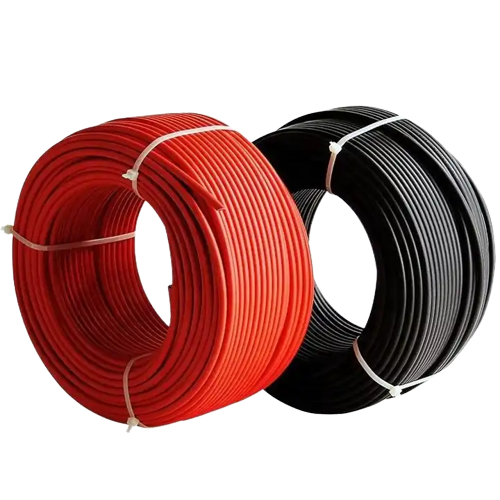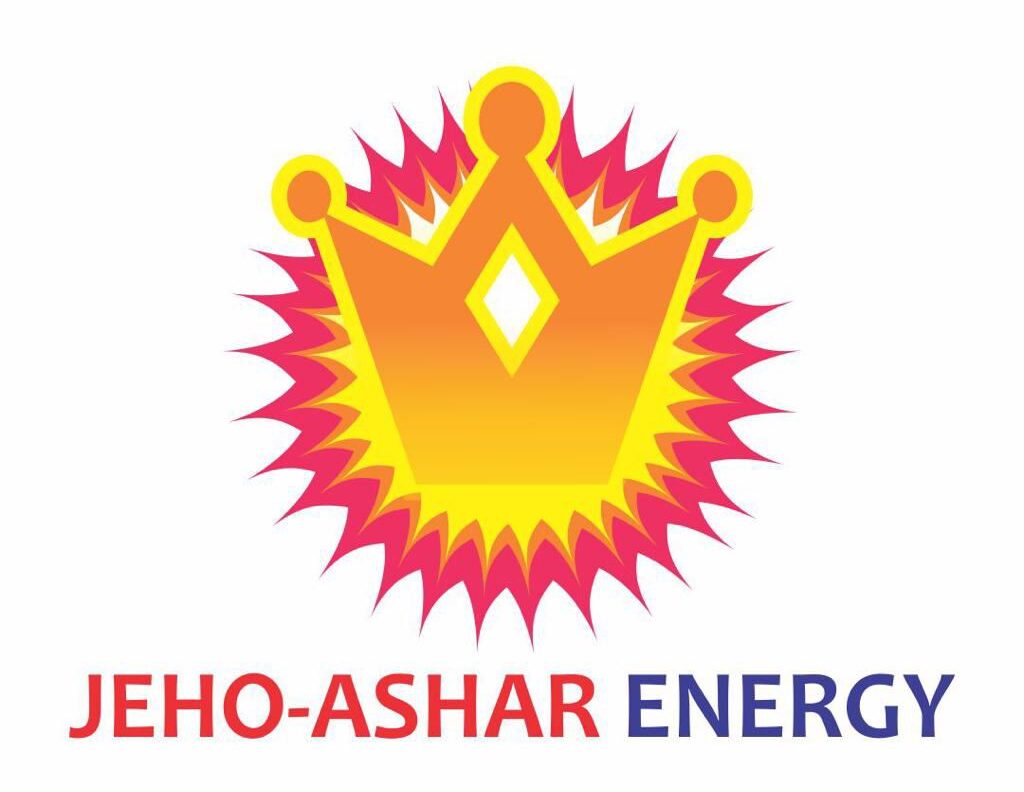
🔌 Photovoltaic (PV) Cables for Solar Panel Installation: Benefits, Types & Best Practices
🌞 Introduction
Solar energy is growing quickly around the world. More homes, offices, and industries are installing solar systems to reduce electricity bills and enjoy clean power. However, while most people focus on solar panels, batteries, and inverters, they often overlook one key part: the cables.
Cables may look simple, but they play a big role. They carry the electricity from your solar panels to your inverter and battery. If you use the wrong type of cable, your system may not work well. It may even become unsafe. That is why photovoltaic (PV) cables are so important.
In this article, we will explain what PV cables are, why they matter, and the benefits of using the right solar cables. We will also look at their features, types, and best practices for installation.
Photovoltaic(PV) Cables
1. What Are Photovoltaic (PV) Cables?
PV cables are special wires designed for solar systems. Unlike normal household cables, they are built to handle outdoor conditions.
- They connect solar panels to inverters.
- They carry direct current (DC), which is produced by the panels.
- They are made to resist sunlight, rain, heat, and mechanical stress.
For example, a PV cable can last over 25 years under the sun without damage. In contrast, normal wires may fail within a few months.
2. Why PV Cables Are Different from Normal Cables
At first glance, PV cables may look like any other cable. However, they are different in many ways.
- Durability: They can handle extreme weather.
- Flexibility: They bend easily for rooftop installations.
- Insulation: They have double insulation for safety.
- Resistance: They resist UV rays, fire, and chemicals.
Therefore, PV cables are the best choice for solar power systems.
3. Key Features of PV Cables
PV cables come with unique features that make them suitable for solar use.
- UV Resistance: They do not break down under strong sunlight.
- Weather Resistance: They withstand rain, snow, and dust.
- Heat Resistance: They can handle high temperatures from the sun.
- Cold Resistance: They do not crack in freezing weather.
- Double Insulation: This reduces risks of short circuits.
As a result, they ensure safety and efficiency in your system.
4. Importance of Using PV Cables in Solar Installations
Using the right cables is not just about efficiency. It is also about safety.
- In contrast, using normal electrical wires can cause overheating.
- This overheating can damage equipment or start a fire.
- PV cables reduce power loss during transmission.
- Consequently, they improve the lifespan of your solar system.
Above all, they give you peace of mind knowing your system is safe.
5. Types of PV Cables
There are different PV cables available for solar installations.
- Single-core PV cables – carry current in one direction.
- Twin-core PV cables – contain two conductors in one cable.
- Tinned copper cables – coated to resist corrosion, especially in humid areas.
For instance, in coastal regions where saltwater causes rust, tinned copper cables last much longer.
6. PV Cable Sizes and Selection
Choosing the right size is very important. If the cable is too small, it will heat up. If it is too large, it will waste money.
Factors to consider include:
- Current rating of the solar panels.
- Distance between panels and inverter.
- Voltage drop limits.
In short, a properly sized PV cable ensures safe and efficient power delivery.
7. Advantages of PV Cables
Using PV cables brings many benefits.
- Higher Efficiency: Less energy loss compared to normal cables.
- Longer Life: Designed to last as long as your solar panels.
- Safety: Reduce risks of fire, shocks, and equipment damage.
- Cost Savings: Fewer replacements and repairs.
- Flexibility: Easy to install on rooftops and ground-mounted systems.
Therefore, PV cables are a smart investment.
8. PV Cable Standards and Certifications
PV cables must meet international standards. These include:
- IEC 62930 – Standard for solar cables.
- TÜV Certification – Ensures high quality and safety.
- UL Standards – Common in the US market.
For example, a cable with TÜV certification guarantees that it has passed strict tests. In addition, it ensures compatibility with modern solar equipment.
9. Installation Best Practices
Even the best cable will fail if installed wrongly. Here are some tips:
- Avoid sharp bends that may damage insulation.
- Keep cables away from hot surfaces.
- Use proper connectors instead of twisting wires.
- Fix cables firmly to prevent movement in wind.
- Protect cables from rodents and pests.
Finally, always hire a certified solar installer. This ensures that your system is safe and reliable.
10. Common Mistakes to Avoid
Many people make mistakes when installing solar cables.
- Using normal household wires instead of PV cables.
- Choosing the wrong cable size.
- Ignoring voltage drop.
- Leaving cables exposed without proper support.
Consequently, these mistakes reduce efficiency and shorten system life.
11. Cost vs. Value of PV Cables
Some people worry that PV cables are more expensive. However, in the long run, they save money.
- Normal wires may fail quickly, leading to replacements.
- Equipment damage from poor cables is costly.
- Fires from wrong cables are dangerous and expensive.
Therefore, PV cables give better value for money.
12. The Future of PV Cables
As solar technology grows, PV cables are also improving.
- New materials offer even better resistance.
- Smarter designs allow higher efficiency.
- In particular, eco-friendly materials are being introduced.
Above all, these improvements mean safer, more durable, and greener solar installations.
✅ Conclusion
Photovoltaic cables are not just simple wires. They are an essential part of every solar power system. They connect, protect, and power your solar panels efficiently.
Furthermore, they reduce energy loss, improve safety, and increase the lifespan of your system. In addition, they meet strict international standards, ensuring reliability.
In short, PV cables are a must-have for every serious solar installation.
💡 Final Thought
When planning a solar system, never ignore the cables. Panels may catch the sun. Inverters may convert power. Batteries may store energy. However, without good PV cables, none of these parts can perform well.
Therefore, always choose certified PV cables. Hire experts for installation. Protect them from damage. And above all, see them as a long-term investment.
As a result, you will enjoy reliable, safe, and cost-effective solar energy for many years to come. 🌞🔌


